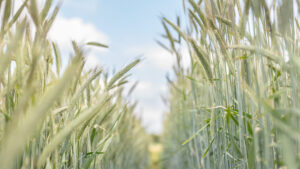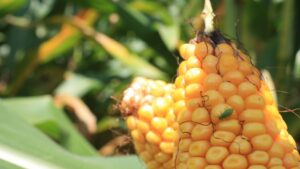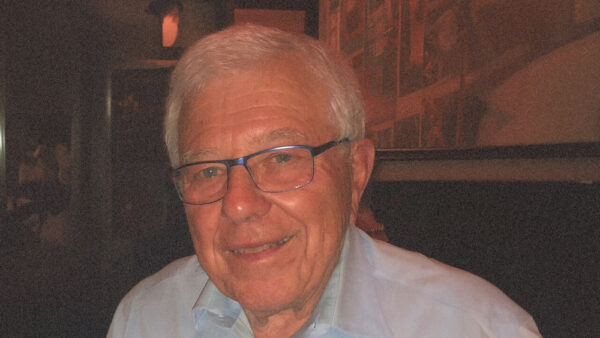October 2020 marks the 17th anniversary of my Grandpa’s passing. He didn’t invent a new technology, nor did he build a seed business empire; he just found a way to improve life on his family farm. His embrace of science and his audacity to try something new can serve as an inspiration for us all.
In 1941, Gerald Schweigert planted two acres of hybrid seed corn on his farm near Bruce, Wisconsin. He was the first in the area to try the cross-pollinating process of hybrid seed corn (new technology came a little slower to Northern Wisconsin back then!). Along with my grandma, Amelia, they planted the field, hand detasseled it, harvested it and planted the resulting seed in the spring of 1942. The crop from that seed produced the highest grain yield he had ever seen!

In 2020, no one is surprised by how that hybrid seed corn performed. In Northern Wisconsin, during World War II, his decision to try hybrid seed corn was met with resistance. Neighboring farmers criticized the decision to cross the pollen of one inbred line with another. The inbreds themselves were mocked for their lower vigor and small stature. How could crossing two weak plants produce something better than the traditional method of ear selection?
They also said the cross-pollinated corn would harm the dairy cows that ate the resulting grain. They said the cows wouldn’t produce milk or wouldn’t even eat the strange new grain. You can just imagine what they said about a husband and wife walking through a field pulling corn tassels by hand!
But, my Grandpa believed in the science behind hybrid seed corn and thought it would be a way to generate more income from the few acres he farmed and pressed on.
This same entrepreneurial spirit and trust in science are needed today. New breeding techniques bring the promise of more productivity for farmers and improved nutritional characteristics for consumers.
These new techniques are being met with the same skepticism and public push-back that hybrid seed corn encountered in Northern Wisconsin. Those criticizing new innovations don’t understand them and are being scared by anti-science voices on social media, cable news and by some in Washington, D.C.
My Grandpa didn’t set out on a public opinion campaign when he planted hybrid seed corn; he just wanted to improve life for his family. The minds of his neighbors were changed through experiencing the benefits of hybrid seed corn from across the fence. They could see it.
This is our mission! Use your voice with your friends and neighbors and stand up for science on social media. Challenge the critics and educate the skeptics. If we all do this together, we can help usher in the next era of seed innovations!








